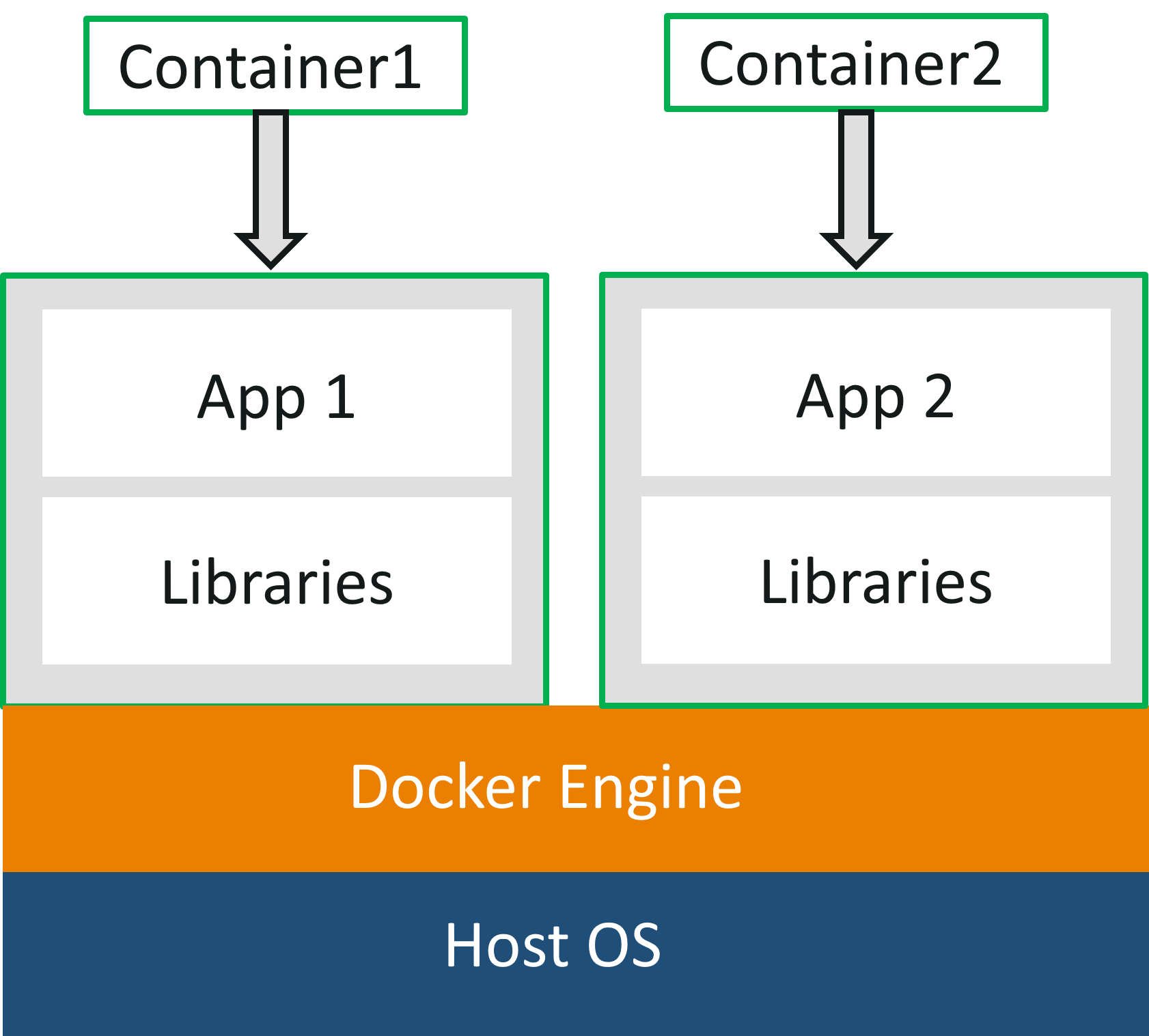
- Tinymediamanager docker container movie#
- Tinymediamanager docker container install#
- Tinymediamanager docker container zip file#
- Tinymediamanager docker container update#
Ultimately, the programs do the same thing, so its really up to which one you enjoy using more. If I were running the software on a VM, I would probably use TMM since I wouldnt have any issues trying to modify the UI. TMM had this weird issue for me on Unraid where I would try to resize one of the panes and it would end up extending all the way out to the point that I couldnt undo it, so I would have to restart the docker. Lastly, I just found it to work better as a docker in general. I also feel like the settings menu is much simpler to follow and locate whatever settings you want to change, but its not like TMM is hard to use.the options are just more spread out.
Tinymediamanager docker container movie#
One pane for the name of the movie or tv show, another for the media information, and a third for the artwork. The main thing I like about mediaelch is that it has 3 panes that I can view information in. TMM is pretty to look at, but Ive found the simple layout of mediaelch to be much better. But there are some setups which required to have these data in another folder.Ive used both as docker containers on my Unraid server. TinyMediaManager is designed to encapsulate all generated data as settings, databases, cache, logs and backups into its own folder. If you want to run tinyMediaManager on such a device, you have either to download the appropriate Java runtime (JRE) from AdoptOpenJDK (Java 11 or higher) and put the extracted runtime into a subfolder called jre of your tinyMediaManager installation (the executable must be in jre/bin/java to be picked up by the starter). TinyMediaManager does not ship a packaged Java for ARM devices. Note: In case you get a blank window when starting tinyMediaManager, see below for a possible solution.

You should download libmediainfo from if that library is outdated in your distributions package archive! You should extract all the files from the archive into a folder of you choice, and then either use the tinyMediaManager binary or you can create a Desktop Shortcut by executing the following script on your terminal inside from your tinyMediaManager’s instance folder.Ĭat ~/.local/share/applications/sktop In Linux tinyMediaManager comes as a packaged (.tar.gz) file as on Windows Operating System.
Tinymediamanager docker container zip file#
app from the zip file to your applications folder and start tinyMediaManager from there.īE AWARE: you cannot start tinyMediaManager from within the compressed file (.zip)! Executing from the downloads folder is not possible due to security mechanics of macOS. All files (program files as well as database/cache and logs) are being stored inside the app. In the area below the users list, activate all permissions. In the list of all available users, choose Users (machine name\Users). C:\Program Files\tinyMediaManager) and choose preferences. Right click on the folder where you have installed tinyMediaManager (e.g.
Tinymediamanager docker container install#
If you still want to install tinyMediaManager to C:\Program Files\, you have to adopt permissions for this folder to run tinyMediaManager without Administrator ( you should never run tinyMediaManager as Administrator - there is absolutely no need to do that): There is no need to install tinyMediaManager into C:\Program Files\. This can run locally or on a remote host. The CLI sends commands to a Docker daemon.

First, there’s the Docker CLI, which is what you interact with in your terminal. Modern Docker releases are comprised of several independent components. the users directory, or any other hard drive/network share). Docker is a complete solution for the production, distribution, and use of containers. TinyMediaManager is designed to be a portable application: this means that you can simply extract it to your preferred location (e.g. This ensures the installation will stay up to date (with the latest bug fixes and features).
Tinymediamanager docker container update#
On every system tinyMediaManager runs an automated update check at startup.

Because there are little differences between these operating systems, tinyMediaManager’s installation behavior is a bit different. Starting from v4.0 tinyMediaManager ships its own Java (except the ARM build) so there is no need to have Java installed on your system. TinyMediaManager is a Java application which will run on Windows as well as macOS and Linux.


 0 kommentar(er)
0 kommentar(er)
